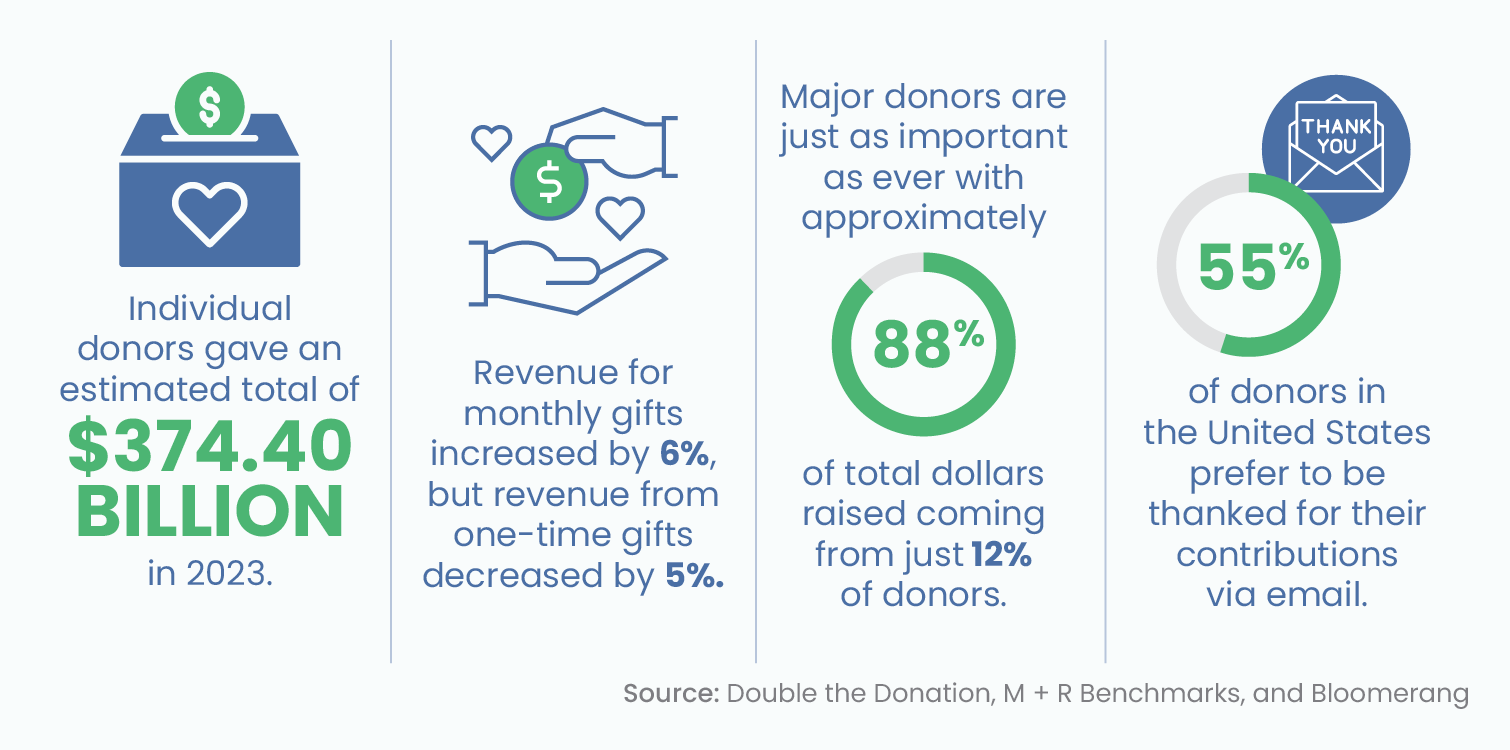Nonprofit Marketing: Techniques to Raise Understanding and Drive Donations
Nonprofit Marketing: Techniques to Raise Understanding and Drive Donations
Blog Article
The Role of Neighborhood Engagement in Nonprofit Fundraising: Building Lasting Relationships for Lasting Assistance
Area engagement is progressively identified as a crucial component of effective not-for-profit fundraising. By promoting genuine relationships with neighborhood stakeholders, organizations can cultivate trust fund and loyalty, which are crucial for lasting assistance. Nevertheless, the methods and techniques employed to involve neighborhoods vary widely, raising vital inquiries regarding effectiveness and influence. What are the finest practices for cultivating these vital links, and how can nonprofits gauge their success in this sector? Comprehending these dynamics can considerably influence the future of fundraising efforts and the overall mission of nonprofit organizations.
Understanding Area Interaction
Area engagement is an essential element of effective not-for-profit fundraising efforts. It refers to the techniques and activities that organizations use to get in touch with their neighborhood areas, fostering partnerships that are equally beneficial. Recognizing area interaction involves acknowledging its multifaceted nature, that includes outreach, engagement, and cooperation. Nonprofits must identify essential stakeholders-- such as community members, neighborhood businesses, and various other organizations-- to develop reliable interaction approaches.
Reliable community engagement is based on active listening and responsiveness to the demands and rate of interests of the neighborhood. This process involves getting comments, recognizing area characteristics, and making sure that the organization's objective straightens with regional concerns. Involving the community can take different types, including public meetings, volunteer opportunities, and partnership campaigns, each created to encourage participation and investment in the company's goals.
Furthermore, community involvement should be approached as a continuous dialogue as opposed to an one-time initiative. By promoting an inclusive environment where community voices are heard and valued, nonprofits can construct a strong structure for future fundraising endeavors. Eventually, a deep understanding of neighborhood involvement encourages organizations to produce authentic links that boost their overall efficiency and sustainability.
Benefits of Solid Relationships
Strong relationships formed via community interaction yield many advantages for nonprofit fundraising initiatives. Primarily, these relationships foster trust fund and integrity, vital elements in motivating benefactors to add. When potential fans see a not-for-profit actively associated with their area, they are most likely to believe in its goal and effect.

Additionally, these partnerships assist in effective communication. Nonprofits can leverage their connections to share tales of effect, updates, and requires, guaranteeing that advocates remain educated and engaged. This open line of communication not only enhances bonds yet also urges word-of-mouth promo, expanding the not-for-profit's reach.
Last but not least, solid area connections can draw in new partners and sponsors. Businesses and individuals are extra inclined to line up with companies that demonstrate meaningful neighborhood involvement, offering additional resources and support that can substantially boost fundraising abilities. Thus, growing durable partnerships via neighborhood engagement is essential to a not-for-profit's long-lasting fundraising success.
Techniques for Effective Engagement
Exactly how can nonprofits successfully engage their neighborhoods to improve fundraising efforts? Routine updates, engaging material, and calls-to-action can galvanize neighborhood rate click now of interest and participation.
Second, holding area events, such as workshops, volunteer chances, or fundraising drives, assists in face-to-face interaction, allowing nonprofits to display their impact and efforts. These events not just elevate funds yet likewise cultivate partnerships and permit neighborhood members to involve directly with the reason.
Third, carrying out customized communication methods can improve engagement. Customizing messages to particular contributor sectors based upon rate of interests and past payments cultivates a sense of belonging and investment in the company's objective.
Lastly, creating collaborations with regional organizations and community leaders can intensify outreach efforts. Joint campaigns can enhance exposure and credibility, demonstrating a collective commitment to the neighborhood's health. By integrating these strategies, nonprofits can develop long lasting partnerships that boost fundraising efforts and drive lasting support.
Determining Interaction Success
While involving the neighborhood is crucial for successful nonprofit fundraising, gauging the efficiency of these engagement initiatives is equally crucial. Developing clear metrics allows companies to analyze just how well they are connecting with their audience and accomplishing their fundraising objectives. Key efficiency indications (KPIs) such as contributor retention prices, volunteer participation degrees, and engagement on social media systems provide substantial information for evaluation.

Regularly assessing these metrics allows organizations to pivot their techniques when needed, learn the facts here now making sure that area interaction continues to be aligned with their general objective. Additionally, sharing these outcomes with stakeholders cultivates transparency and builds trust fund, urging additional neighborhood participation. Inevitably, a robust dimension framework not just notifies future fundraising initiatives yet additionally strengthens the partnership between the not-for-profit and its supporters, preparing for sustainable success.
Instance Research Studies in Community Impact
Numerous study illustrate the extensive influence that area involvement can have on nonprofit fundraising success. One noteworthy example is the "Food for Thought" effort, where a local food financial institution partnered with businesses and schools to host area suppers. These occasions not just raised funds however likewise promoted a sense of belonging amongst individuals, substantially boosting contributor retention rates.
Another compelling situation is the "Environment-friendly Spaces Project," which involved neighborhood residents in the revitalization of metropolitan parks. This effort not just garnered economic assistance from regional companies however additionally cultivated a volunteer base that contributed to recurring upkeep and programming. The feeling of ownership and pride amongst community participants translated right into continual payments.
In the realm of arts, the "Art for All" project effectively involved regional artists and patrons to produce joint art setups, leading to increased exposure and donations for a regional arts nonprofit.
These instances highlight that when nonprofits prioritize area involvement, they can produce long lasting relationships that boost fundraising efforts, ensuring lasting assistance and promoting a dynamic area culture. Such cases show that community engagement is not merely a technique however a vital column of nonprofit success.
Conclusion
In final thought, neighborhood interaction is indispensable to the success of nonprofit fundraising initiatives. Ultimately, a durable structure of community support not just intensifies fundraising prospective however also cultivates a culture of collaboration, vital for attaining lasting business objectives and sustaining meaningful influence. fundraising consultant.
Nonprofits have to recognize crucial stakeholders-- such as area participants, neighborhood organizations, and various other organizations-- to create efficient interaction approaches.

In final thought, community interaction is important to the success of not-for-profit fundraising initiatives.
Report this page